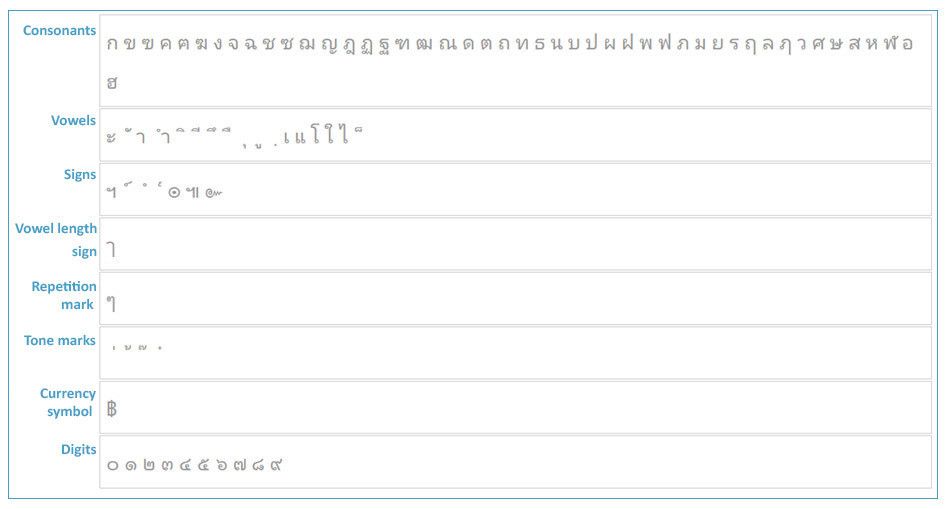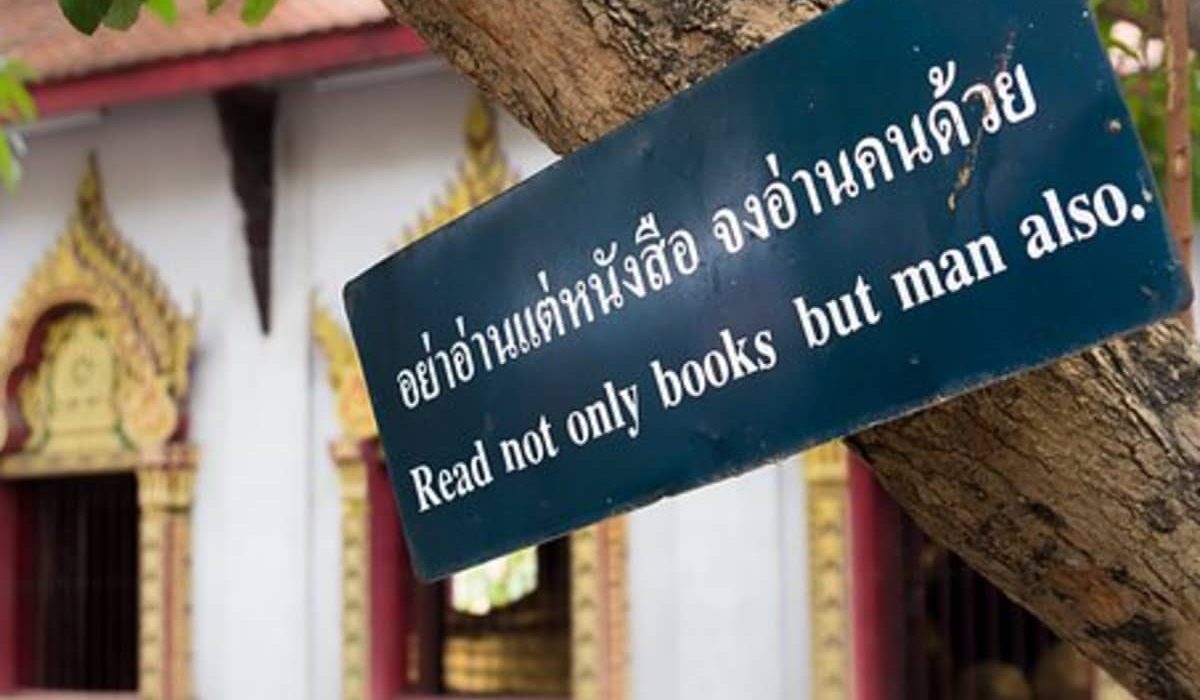The Thai language, known as Phasa-Thai, is not only the national language of Thailand but also a prominent member of the Tai-Kadai language family. Its script and linguistic nuances present a fascinating study of language evolution and cultural heritage.
The Origins and Family of the Thai Language
Tracing the roots of the Thai language reveals a rich tapestry influenced by Pali, Sanskrit, Old Khmer, and Mon. These languages contribute to the depth and complexity of Thai, making it a subject of study and interest worldwide.
What language is Thai?
It’s a tonal language with a unique alphabet and script that originated from the area between Vietnam and China, suggesting a vibrant history of migration and cultural exchange.
Understanding the Thai Script
The Thai language script is an intricate system consisting of 44 consonants and 15 basic vowel characters, which are placed in various positions around the consonants they govern—above, below, before, or after. This positioning creates a distinctive visual rhythm in written Thai, which reads from left to right. The script, largely unchanged since its introduction in 1283 by King Ramkhamhaeng during the Sukhothai era, is a testament to the Thai language origin and enduring legacy.

The Cultural Significance of Thai Script and Language
The Thai-language is more than just a means of communication; it’s a reflection of the nation’s identity and cultural pride. Inscriptions from the Sukhothai era are still legible today, underscoring the script’s consistency and the Thai people’s connection to their historical roots. The language’s script and structure, including its tonal nature and complex relationship with regional dialects, embody the cultural and regional diversity of Thailand.
Nuances in Thai Translation
Translating Thai involves understanding its cultural context as well as its linguistic features. For example, when translating from Thai to English, did you know that informal Thai text such as email drafts or chat extracts may contain the term ‘555’? In this instance, the Thai writer is not actually referring to the number 555 at all. The number five in Thai is pronounced as ‘ha’. So, by combining 555, it’s pronounced as ‘ha ha ha’ – just as if someone is laughing or like in English ‘LOL’ (laughing out loud).
Modern Application: Thai Language in Business and Localization
In the business realm, understanding and respecting the nuances of the Thai language and script is crucial. Whether it’s adapting materials for the local market or communicating effectively with Thai partners, the language acts as a bridge that connects different cultures. For instance, did you know that the year 2024 is often written as 2567 in Thai documents due to the Buddhist Calendar? This is a key detail our localization team will clarify, rather than simply translating the source.
VEQTA’s approach to Thai translation and localization emphasizes this cultural sensitivity. Our services extend beyond mere translation; we ensure that every aspect of our work—from desktop publishing in Thai to localizing e-learning courses—is imbued with an understanding of Thai linguistic and cultural nuances.
Thai Desktop Publishing and Localization Services
Specializing in Thai desktop publishing, VEQTA ensures that the visual and textual presentation of translated materials respects the Thai language script‘s intricacies. This attention to detail is crucial in preventing miscommunications and preserving the intended message’s integrity, which is especially important in professional settings like corporate presentations and marketing materials.
Cultural Nuances in the Thai Language
The Thai language reflects the nation’s rich cultural tapestry not only through its script but also through its daily usage and social customs. Here are some fascinating aspects that highlight the uniqueness of Thai:
- Gender-specific Particles: Thai is gender-specific in formal speech. Women end sentences with “ka,” (ค่ะ) while men use “krub” (ครับจ to add politeness.
- Special Honorifics: The honorific “Khun” is used before names, similar to “Mr.” or “Ms.”
- Festive Phrases: Unique phrases are associated with festivals like Songkran.
- Numerology: Numbers like 9 are considered auspicious, while the number 13 carries no negative connotations.
- No Plural Forms: Thai uses numeral classifiers instead of plural nouns.
- Emoji Annotations: Emojis are often used to indicate pronunciation nuances in informal communication.
Affirmative and Negative Responses in Thai
- Repeating the Verb or Action: Instead of a simple “yes,” Thais often repeat the main verb or verb phrase of the question to affirm. Similarly, to negate, they might repeat the verb with a negation word.
- Example: If asked, “Are you going?” (คุณจะไปไหม – khun ja pai mai?), a Thai speaker would say “ไป” (pai) for “yes” or “ไม่ไป” (mai pai) for “no,” which literally translates to “go” and “not go,” respectively.
- Using Particles: Thai also uses certain particles to imply affirmation or negation.
- Affirmative: The particle “ครับ” (krub for men) or “ค่ะ” (ka for women) can be used to politely affirm something, though it’s more about politeness and less a direct “yes.”
- Negative: “ไม่” (mai), which means “no” or “not,” is used to negate a statement. It’s used in front of verbs to say that something is not happening or not true.
- Contextual and Implicit Responses: Thai relies heavily on context. The understanding of what would constitute a “yes” or “no” comes from the overall conversation and how questions are phrased. Thais often use indirect ways of speaking, especially in formal or polite contexts, which can include agreeing or disagreeing without ever saying “yes” or “no” explicitly. If you or any of your office staff wish to learn Thai or gain a deeper understanding of the Thai language, its alphabet, and pronunciation, we strongly recommend checking out this very effective course on learning Thai:learnthaifromawhiteguy.com.
Cultural Aspect
This reflects a broader cultural context where directness is often avoided in favor of harmony and non-confrontation in social interactions. The Thai language, with its focus on politeness and respect, especially in the phrasing of questions and responses, supports this cultural tendency.
This nuanced way of communication in Thai highlights the importance of understanding both language and cultural context in effective communication and translation.
Conclusion
The Thai language, with its rich history and complex script, offers fascinating insights into the culture and history of Thailand. At VEQTA, we pride ourselves on providing translations that are not only accurate but also culturally resonant, ensuring that your communications in Thai are clear, effective, and culturally appropriate.
For businesses looking to expand into Thailand or enhance their interaction with Thai-speaking clients, understanding and appreciating the depth of the Thai written language is essential. VEQTA is here to guide you through every step of this linguistic journey.


